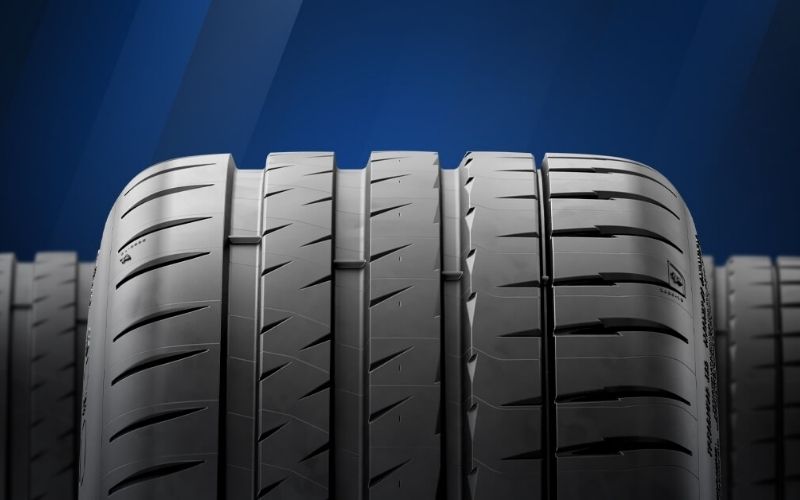Signs on your tires run the tire tread pattern or design. The solid pattern on your tire is not for aesthetic purposes but serves necessary functions. The tire tread patterns is that your car’s performance is determined in various roads and weather conditions. Therefore, to know more about solid patterns for any car owner.
In addition, you have realized that the solid tire tread pattern on your friend’s car tire or another person car tire is different from you. That is why there are different types of tire tread patterns, with each different purpose. Therefore, in this article, you will discuss different types of patterns that are available and what purpose they use.
DIRECTIONAL/UNIDIRECTIONAL TIRE TREAD PATTERNS
This tire means just rolling the pattern points of a direction and arrow. It is most commonly used on summer tires, effectively reducing hydroplaning, and provides enough grip.
These tires rotate backwards without changing the sides after 10,000 km. The bottom of such tires is that they have a small living life.
SYMMETRICAL TIRE TREAD PATTERNS

Symmetrical Tyre tread patterns is the most common solid tire tread patterns and is found on the majority of non-performance passenger cars. Patterns on such tires are similar to the whole tire and are constantly grooves, free league or both. It offers long-term and best fuel consumption for a long time.
For a person who runs around daily, these are the ideal tires. However, they do not work well in wet conditions and do not offer high performance features.
ASYMMETRICAL TIRE TREAD PATTERNS

Most sporting and high-performance cars will offer tires with Asymmetrical Tread pattern. Tire with asymmetric patterns collect different types of tire tread patterns to provide the best performance and grip on wet and dry surfaces.
The tire or middle part is designed to provide grip on wet and slip surfaces. On the other hand, the outer part features large solid blocks, which are helpful to provide grip on dry surfaces. The depth is that they are expensive and a small child is life. They can circulate in different patterns.
Pros And Cons of The Asymmetric vs Symmetric Tread Pattern
There is a specific purpose and use in each tire tread patterns. For most drivers, a coated tire pattern works fine for daily driving. Other tires provide different profession and idea where they will be used:
| Tread Pattern | Pros | Cons |
| Symmetrical | A common pattern, good handling, affordable and long-lasting with multiple rotation options. | Meant for daily use, not as effective on wet roadways, not a high-performance tire. |
| Directional Or Unidirectional | Excellent for racing on wet tracks, great as all-season tires on non-performance vehicles (especially in snow), promotes better fuel efficiency. | Rotation limitations usually mean they have a shorter life and higher cost than symmetrical tires. |
| Asymmetrical | Great handling around corners and excellent on wet roads, offers less road-noise than symmetrical tires. | Shorter life, higher cost, and available typically for wheels 17 inches or above. |
| Directional And Asymmetrical | Designed for high performance vehicles, ideal for sports cars. | These tires can be hard to find, expensive, and have very specific usage rules, like directional tires. |
Conclusion
We hope you understand tire tread patterns on your tire that you are playing an important role in your driving experience. This information may prove to be able to find you next time in the tire store or tires.
For More Articles: rowemotorcars.com

